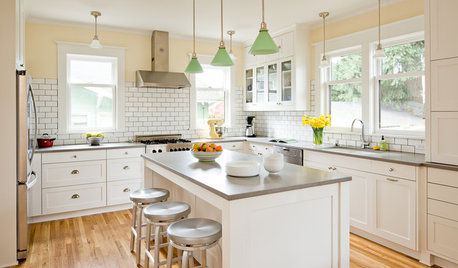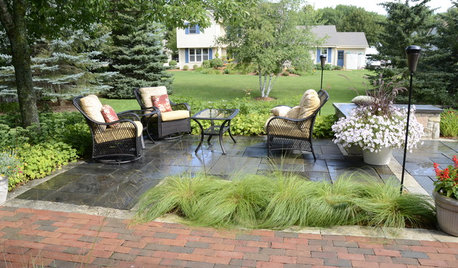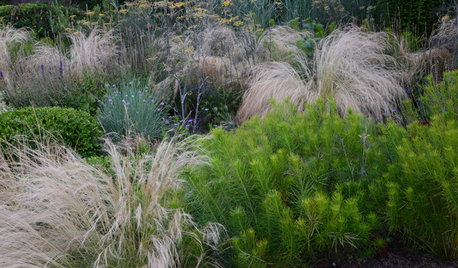drainage in orchard..need advice asap!!
goldenhoney
13 years ago
Related Stories

MOVINGThe All-in-One-Place Guide to Selling Your Home and Moving
Stay organized with this advice on what to do when you change homes
Full Story
EARTH DAYGrow a Beautiful Garden With Ecofriendly Greywater
Reducing home water waste means lower bills and a healthier planet. Here's how to set up a greywater home irrigation system that can help
Full Story
GARDENING GUIDES10 Tips to Start a Garden — Can-Do Ideas for Beginners
Green up your landscape even if you're short on time, money and knowledge, with these manageable steps for first-time gardeners
Full Story
MOVINGHome-Buying Checklist: 20 Things to Consider Beyond the Inspection
Quality of life is just as important as construction quality. Learn what to look for at open houses to ensure comfort in your new home
Full Story
LANDSCAPE DESIGN5 Reasons to Consider a Landscape Design-Build Firm for Your Project
Hiring one company to do both design and construction can simplify the process. Here are pros and cons for deciding if it's right for you
Full Story
GARDENING GUIDES4 Ways to Break the Rules in Your Garden
For a more creative landscape design, take a different approach to planting
Full Story
FRONT YARD IDEASBefore and After: Front Lawn to Prairie Garden
How they did it: Homeowners create a plan, stick to it and keep the neighbors (and wildlife) in mind
Full Story
GREEN BUILDINGHow to Harvest Rainwater for Your Garden
Conserve a vital resource and save money by collecting stormwater for irrigation in a barrel or tank
Full Story
GARDENING GUIDESHow to Switch to an Organic Landscape Plan
Ditch the chemicals for a naturally beautiful lawn and garden, using living fertilizers and other nontoxic treatments
Full Story
LANDSCAPE DESIGNLiving on the Edge of the Wild
When Mother Nature is your neighbor, the possibilities — and responsibilities — can be that much greater
Full StoryMore Discussions








fruitnut Z7 4500ft SW TX
olpea
Related Professionals
Prairie Ridge Landscape Architects & Landscape Designers · Winder Landscape Architects & Landscape Designers · Goodyear Landscape Contractors · Arden-Arcade Landscape Contractors · Essex Landscape Contractors · Gallatin Landscape Contractors · Kaysville Landscape Contractors · La Vista Landscape Contractors · Lancaster Landscape Contractors · Lees Summit Landscape Contractors · North Ridgeville Landscape Contractors · Painesville Landscape Contractors · Peachtree City Landscape Contractors · Rancho Santa Margarita Landscape Contractors · Casselberry Landscape Contractorsthisisme
alan haigh
alexander3_gw
fruitnut Z7 4500ft SW TX
alan haigh